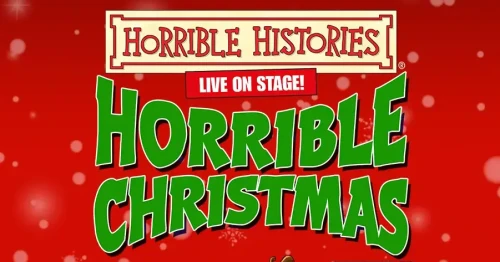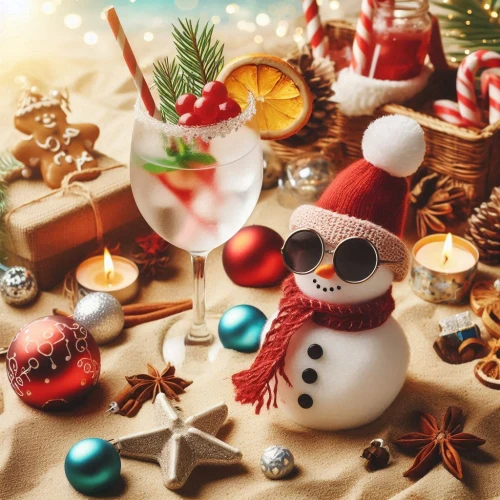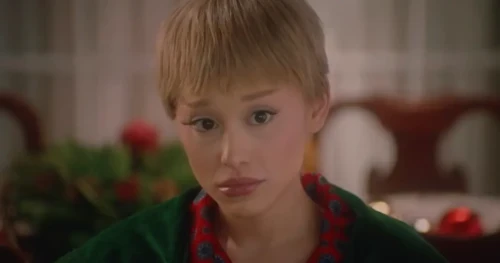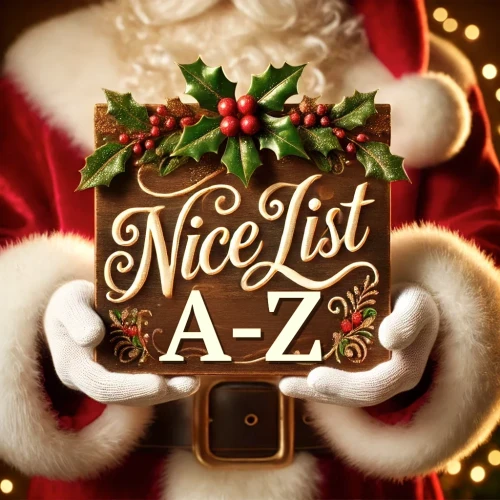A Journey Through Time
Written 19th July 2024 | Subscribe to our Christmas newsletter
⭐🎅👇⭐👇🎅⭐
Buy 2026 Personalised Christmas Tree Ornaments here
⭐🎅☝️⭐☝️🎅⭐
Christmas, a celebration that transcends time and culture, has evolved significantly from its humble beginnings. From early Christian traditions to modern-day festivities, the way we celebrate Christmas has changed dramatically over the centuries.
Let’s take a journey through time to explore how Christmas has been celebrated across different eras.
These AI interpretations of Christmas across the centuries showcase the evolution of this beloved holiday.
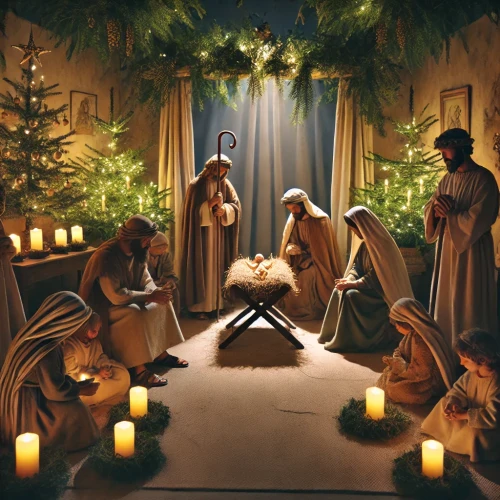
Early Christian Period (1st - 4th Century)
The origins of Christmas can be traced back to the early Christian church. Initially, the birth of Jesus Christ was not celebrated with much fanfare. Early Christians focused more on Easter, commemorating the resurrection of Christ. It wasn’t until the 4th century that December 25th was established as the date to celebrate Jesus’ birth. This date was chosen to align with Roman pagan festivals like Saturnalia and Sol Invictus, which were celebrated around the same time, making it easier for the new Christian tradition to be accepted.
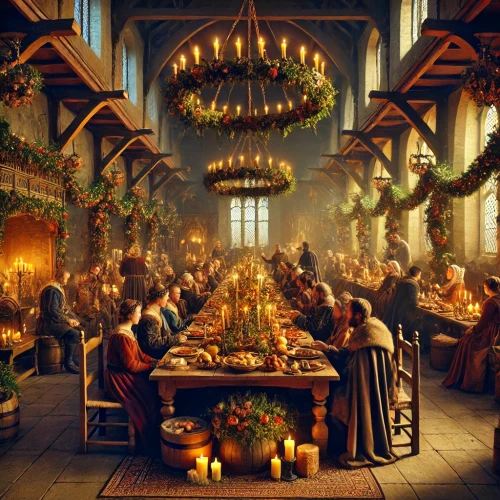
Medieval Era (5th - 15th Century)
During the medieval period, Christmas became a more prominent holiday. The festivities included feasting, singing, and various forms of entertainment. Churches began to incorporate Nativity plays, depicting the birth of Jesus, which became a popular way to educate people about the story of Christmas. The tradition of the “Feast of Fools,” a festival where societal roles were reversed, was also part of the Christmas celebrations. This era laid the foundation for many customs that would evolve in the coming centuries.
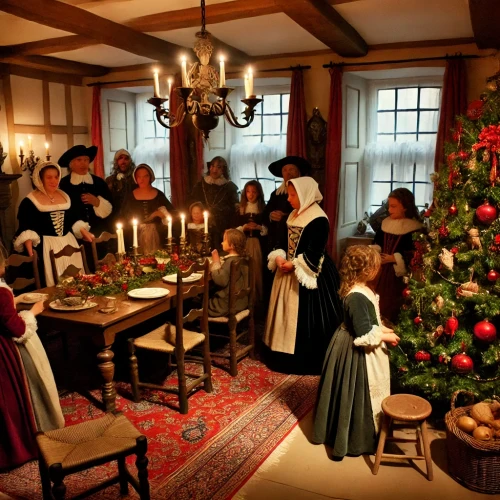
Renaissance and Early Modern Period (16th - 18th Century)
The Renaissance brought a renewed interest in arts and culture, which influenced Christmas celebrations. The tradition of caroling became more widespread, with songs like “The First Noel” and “God Rest Ye Merry, Gentlemen” emerging during this time. In the 17th century, Puritans in England and America attempted to suppress Christmas celebrations, viewing them as too pagan and frivolous. Despite this, Christmas endured and continued to evolve.
In the 18th century, Christmas began to resemble the holiday we know today. The Christmas tree, a tradition borrowed from German customs, started to become popular in other parts of Europe. Gift-giving, once reserved for New Year’s, gradually shifted to Christmas Day.

Victorian Era (19th Century)
The Victorian era was a transformative time for Christmas. Queen Victoria and Prince Albert popularized the Christmas tree in England after Albert introduced the German tradition to the royal household. The image of the modern Santa Claus began to take shape, influenced by the Dutch figure of Sinterklaas and popularized by the 1823 poem “A Visit from St. Nicholas” (commonly known as “The Night Before Christmas”).
Charles Dickens’ “A Christmas Carol,” published in 1843, also played a significant role in shaping contemporary Christmas celebrations. Dickens’ tale emphasized the spirit of giving, family gatherings, and goodwill, themes that continue to resonate today.
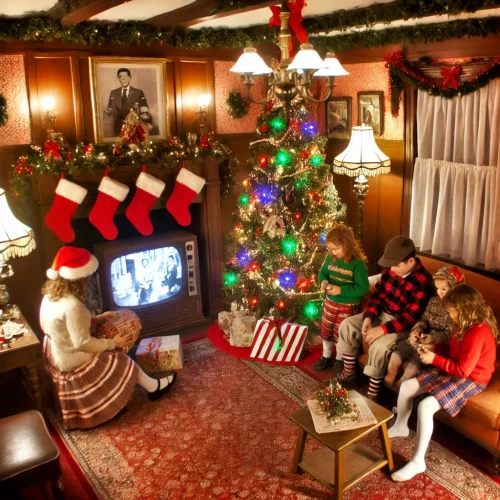
20th Century (1900s - 1990s)
The 20th century saw Christmas become a global phenomenon, influenced heavily by commercialization and mass media. The introduction of Christmas movies, songs, and television specials helped to solidify the holiday’s cultural significance. Iconic songs like Bing Crosby’s “White Christmas” and Mariah Carey’s “All I Want for Christmas Is You” became staples of the holiday season.
Technological advancements also changed the way we celebrate Christmas. The internet and social media have made it easier to connect with loved ones across the globe, and online shopping has revolutionized gift-giving. The traditions of sending Christmas cards, decorating homes with lights, and hosting festive parties continue to thrive, adapted to modern lifestyles.
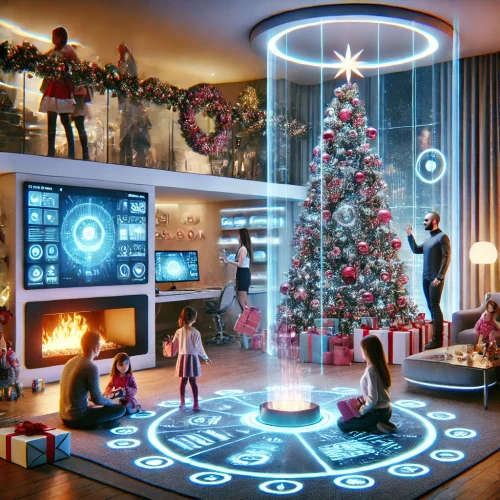
21st Century (2000s - 2100)
As we look to the future, Christmas will undoubtedly continue to evolve. Advances in technology may introduce new ways to celebrate, from virtual reality gatherings to smart home decorations. However, the core values of Christmas—love, generosity, and togetherness—are likely to remain unchanged, continuing to bring joy and warmth to people around the world.
Christmas across the centuries has been a journey of transformation and adaptation. From its early Christian roots to its current status as a global celebration, Christmas reflects the changing times and cultures while maintaining its essence. As we celebrate each year, we contribute to the rich tapestry of traditions that define this beloved holiday.
Leave your comments here:



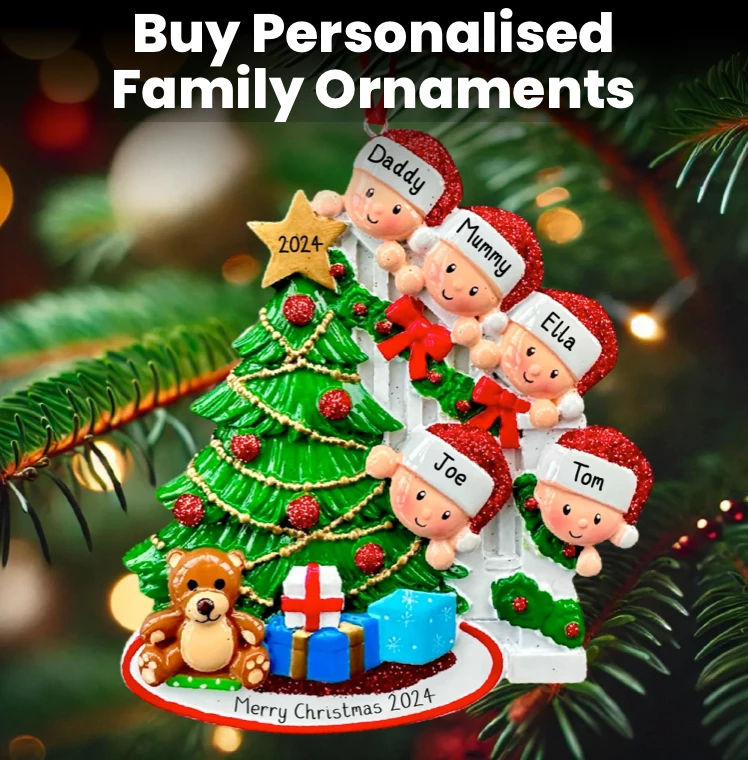

.webp)
.webp)
